Cesspool Pumping Company Long Island
Contact Antorino & Sons Now!
My husband and I needed the pipe that connects our home to the town sewer line replaced. Other companies told us they would need to rip up the sidewalk, street, and our walkway which would have cost us thousands in additional work.
Trust Your Experts To Get It Right, And On Time
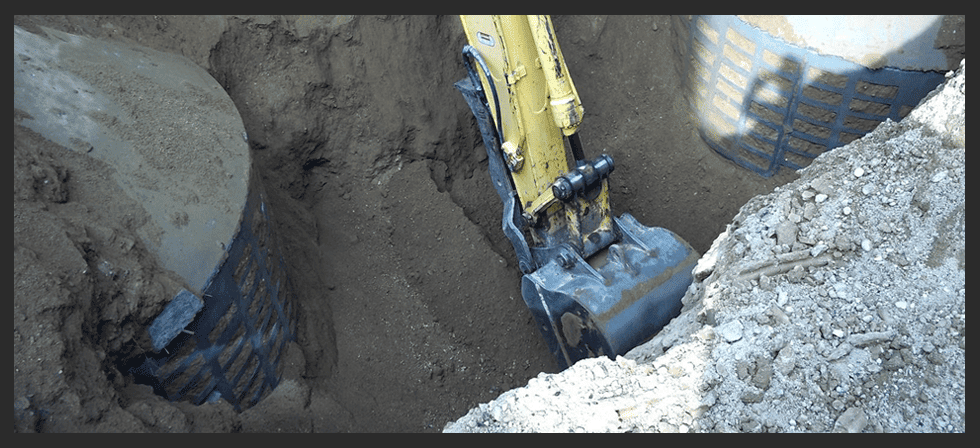
Introducing Us
Antorino & Sons Cesspool Service Suffolk County NY
No other cesspool company has the experience and integrity that our company has gained over the time we have been in business. For over 60 years, our family has been providing the homeowners of Nassau and Suffolk counties with the solutions to all of their cesspool maintenance and installation needs. We would love to welcome your family to ours!
- Cesspool and septic tank installation
- Cesspool pumping
- Septic tank maintenance
- Septic tank repair
- Cesspool Maintenance
- Emergency Cesspool Services
Cesspool Services
Cesspool Solutions: Beyond The Ordinary
Cesspool services are more than just a task; they’re an art that demands precision. Our specialists excel in pumping and cesspool service, guaranteeing a hassle-free experience for you. Keeping a clean cesspool not only promotes health but also extends the longevity of your plumbing system.
Comprehensive Septic Tank Services
Dive into the world of Antorino and Sons, where our seasoned experts specialize in comprehensive septic tank services. From ensuring your garbage disposal runs smoothly to managing scum and sludge, we’ve got all your needs covered. In Suffolk County and across Long Island, our name is synonymous with reliability and quality septic service.
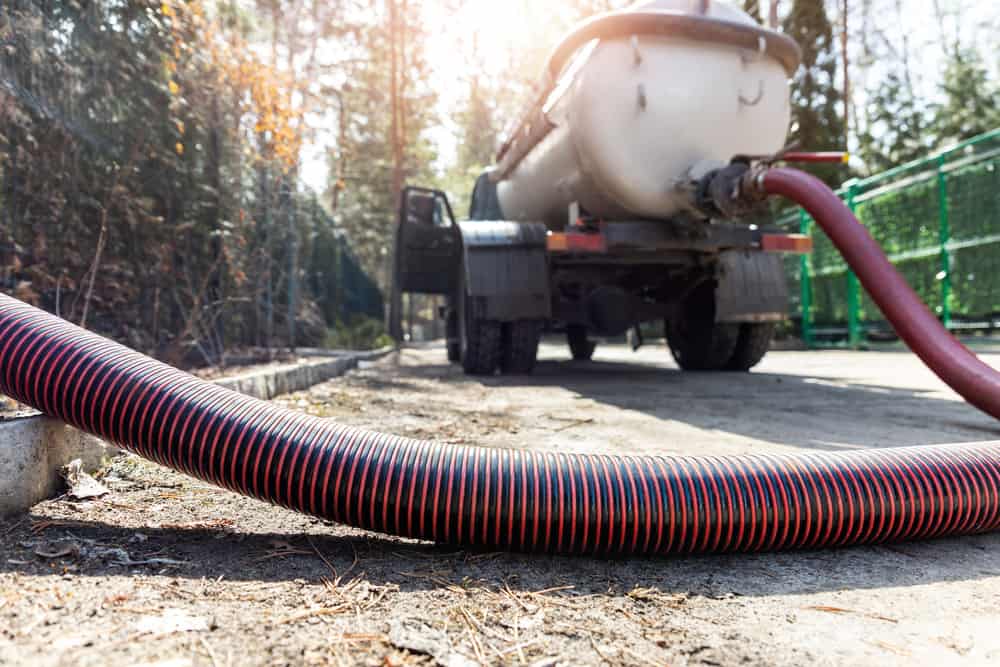
Cesspool Installation
Whether it's a cozy residential setup or large-scale commercial systems, we are adept at installing cesspools tailored to every requirement.
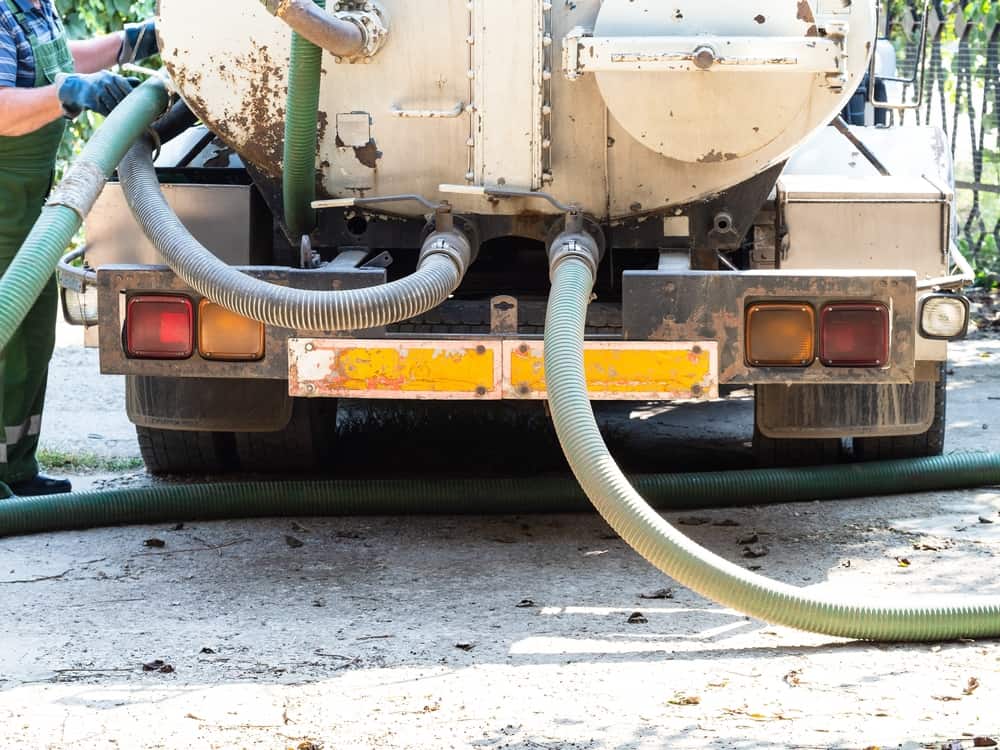
Cesspool Maintenance
We understand the significance of lasting performance. With our routine maintenance service, your cesspool will function for years to come.
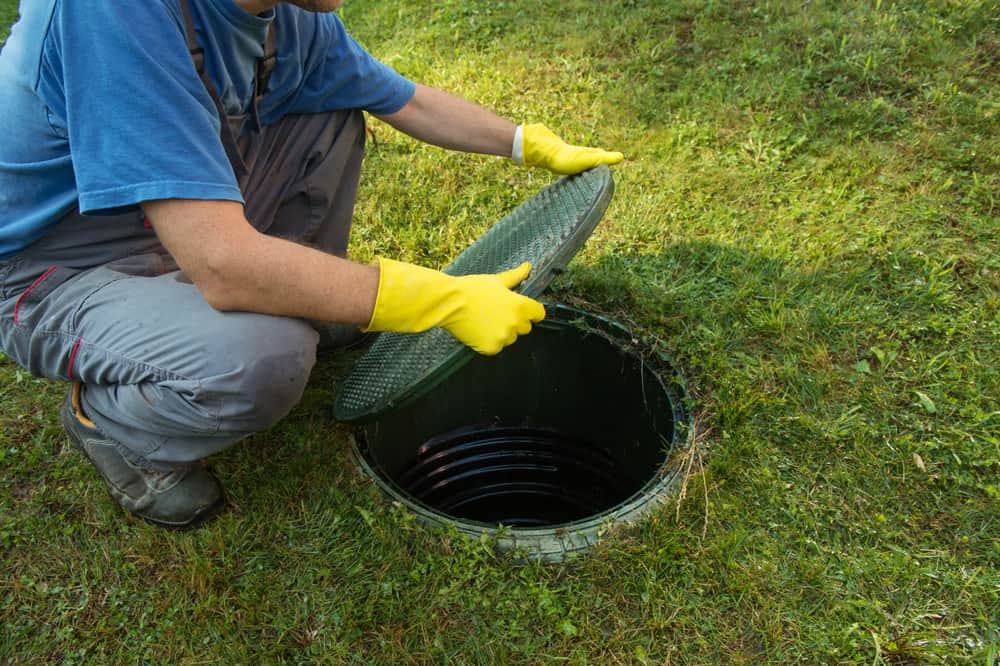
Cesspool Inspections
Our team is proficient in inspecting both residential cesspools and larger commercial systems, ensuring they adhere to safety standards.
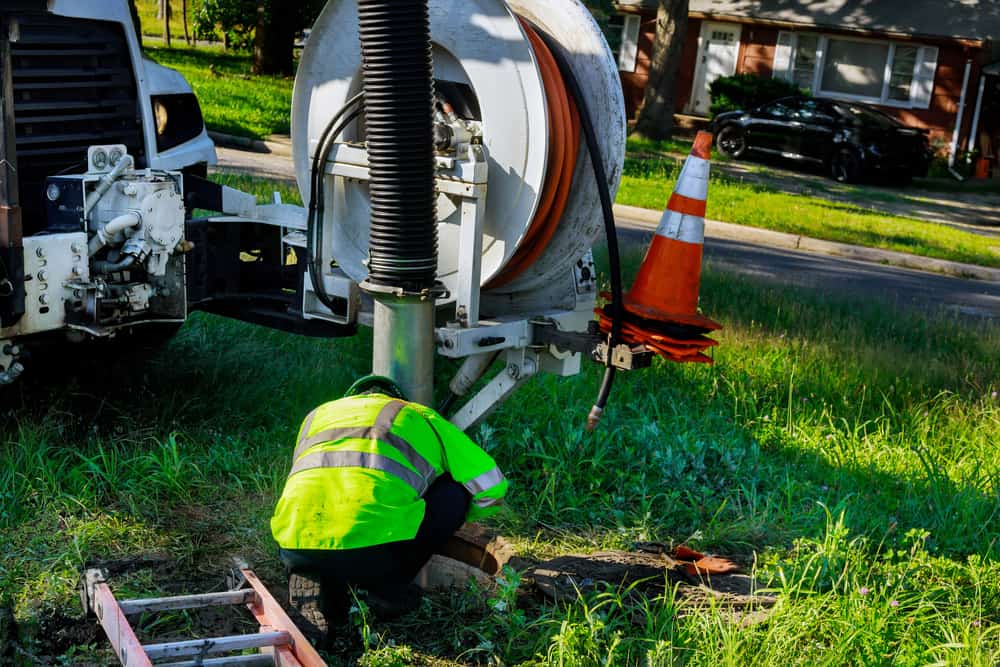
Cesspool Repair
Every cesspool has its day. From minor hitches to significant issues, we're equipped to repair residential to expansive commercial systems.
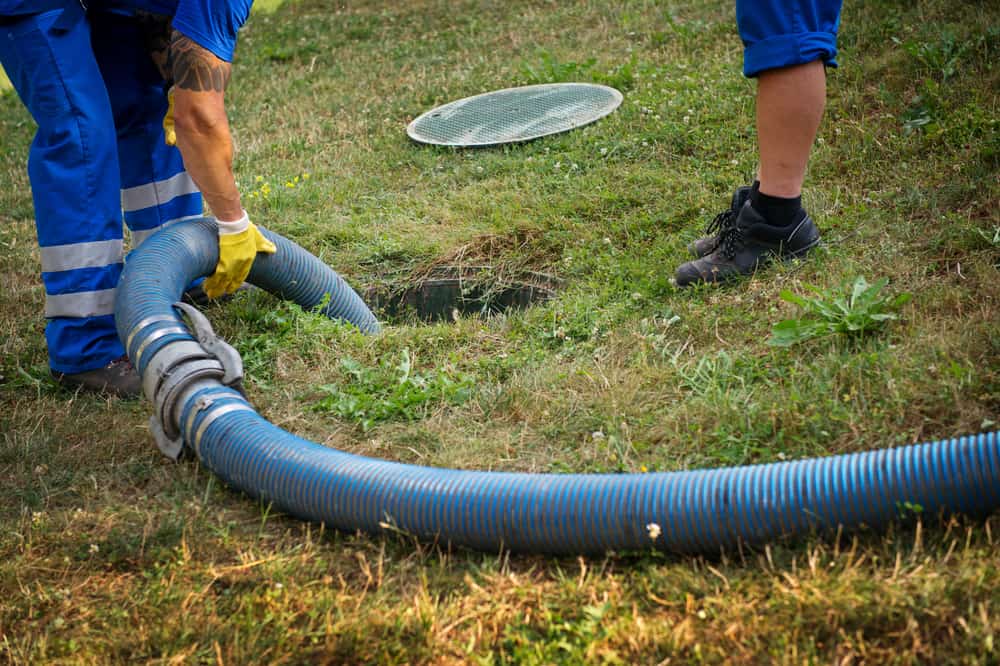
Cesspool Clogs
A clogged cesspool can disrupt daily life. Our pipe clearing services are designed to ensure smooth functioning, be it for residential or commercial systems.

The Technicalities: Scum, Sludge, and Clean Drains
Every septic tank accumulates scum and sludge over time. These elements, if left unchecked, can lead to a compromised drain field and an overworked septic tank. Our team is adept at ensuring these components are effectively managed, contributing to a clean and efficient septic system. Moreover, our drain cleaning services are top-notch, ensuring that both residential and commercial systems function flawlessly.
Solve Your Problem
Upon arrival, we evaluate, and we fix the problem.
Cesspools. Fixing problems one call at a time
With decades of experience under our belt, we are Suffolk County’s go-to for all cesspool and septic tank needs. Our commitment to quality, from drain cleaning to managing scum and sludge, sets us apart. We understand the intricacies of both residential and commercial systems, and our large client base across Long Island can vouch for our expertise. Entrust your sanitation needs to us, and experience the Antorino and Sons difference.
Budget friendly rates on Long Island
Trustworthy service by trained professionals
Peace-of-mind knowing that our employee are background checked
Our certified employees ensure the best cesspool solutions.
With more than 60 years of experience working with septic systems, our company has earned the reputation as the most honest and hardworking cesspool service in Suffolk and Nassau Counties of New York.
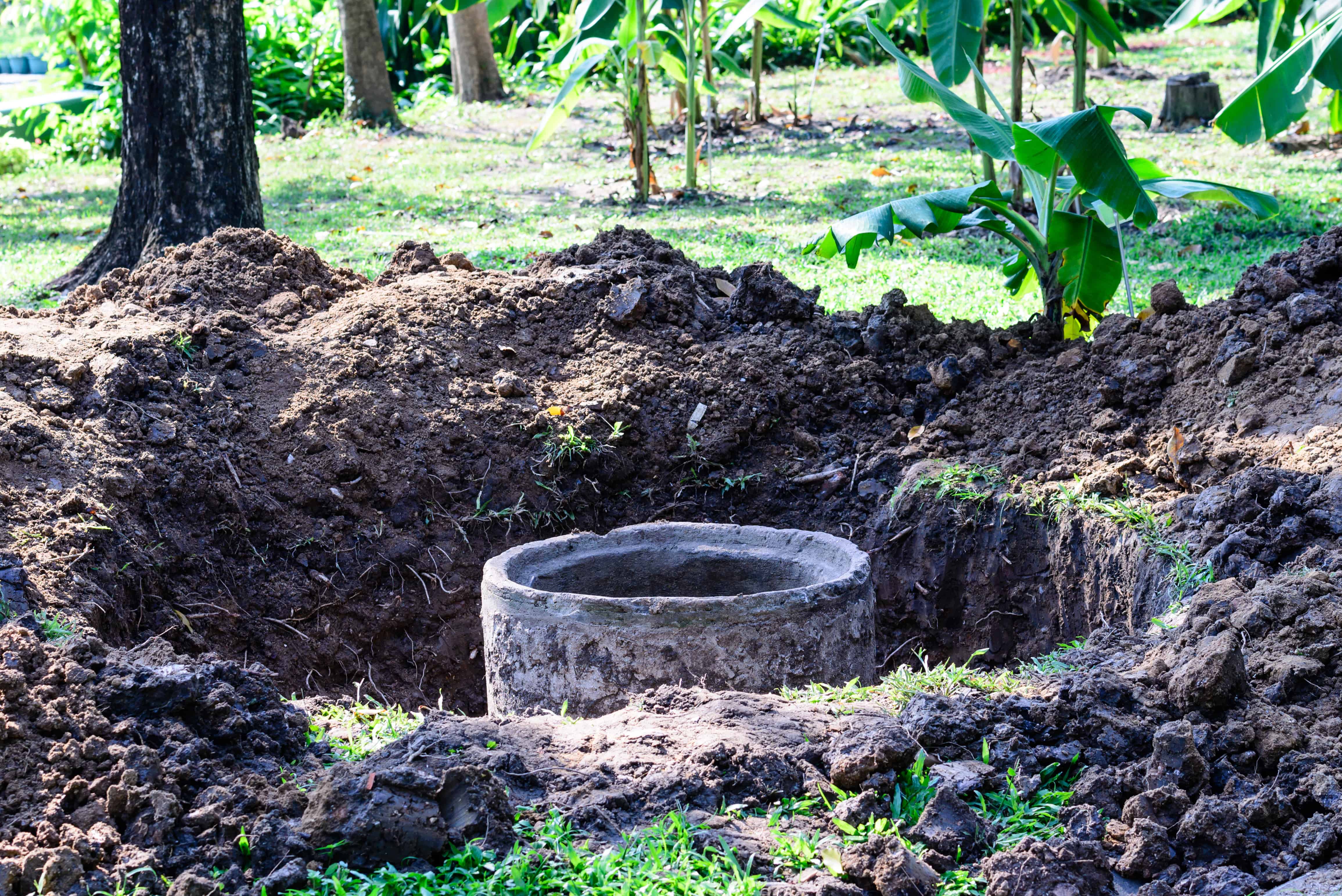
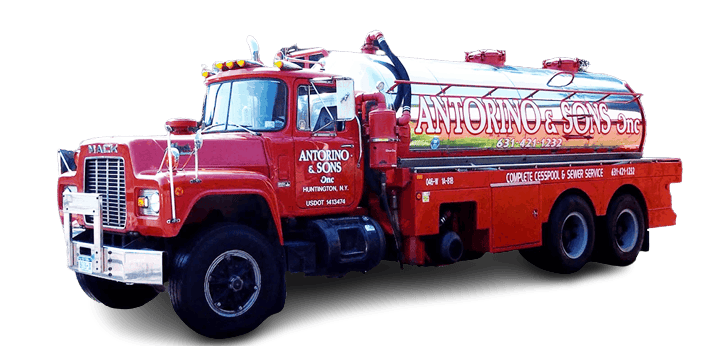
Feel free to contact our cesspool experts
Give us a call today for a FREE estimate and to find out about our GUARANTEES. Our fully licensed, bonded and insured team is dedicated to honesty and quality in every service.
631-250-6829
antorinoandsons@optonline.net
